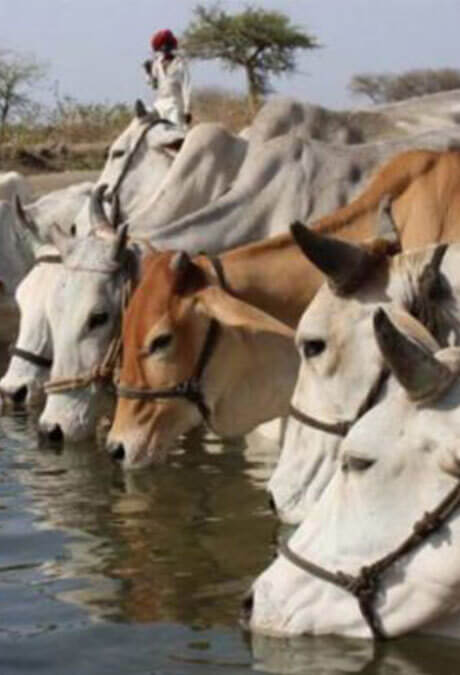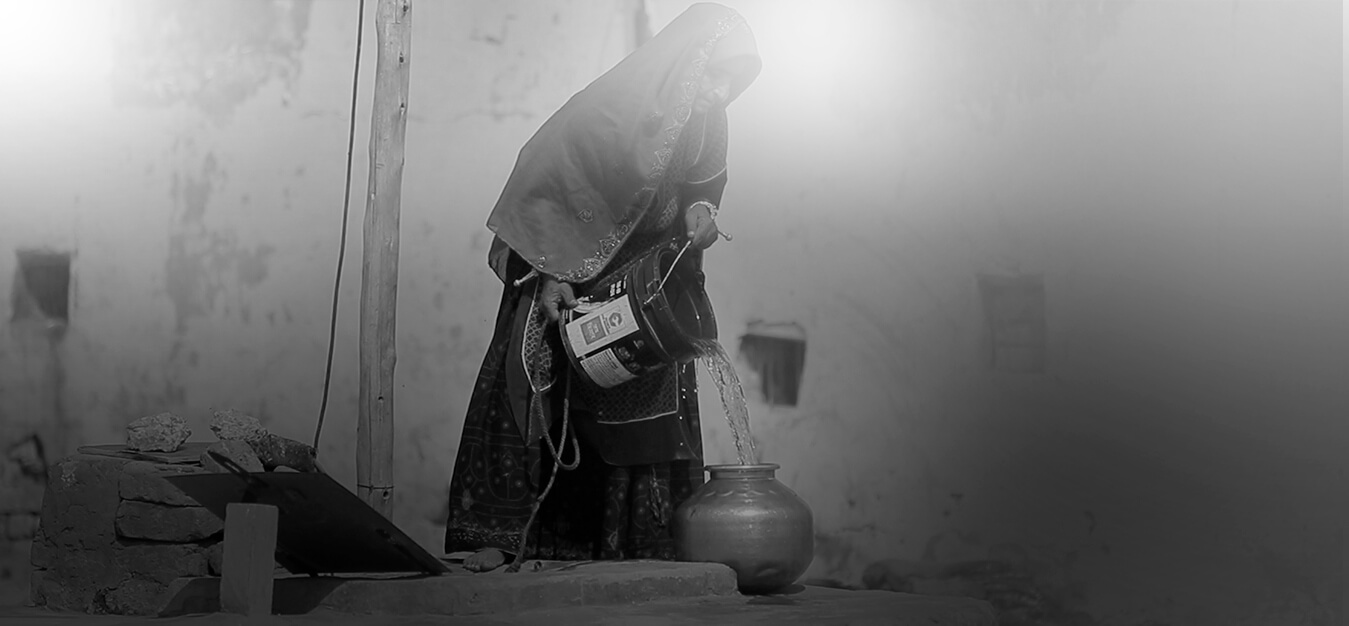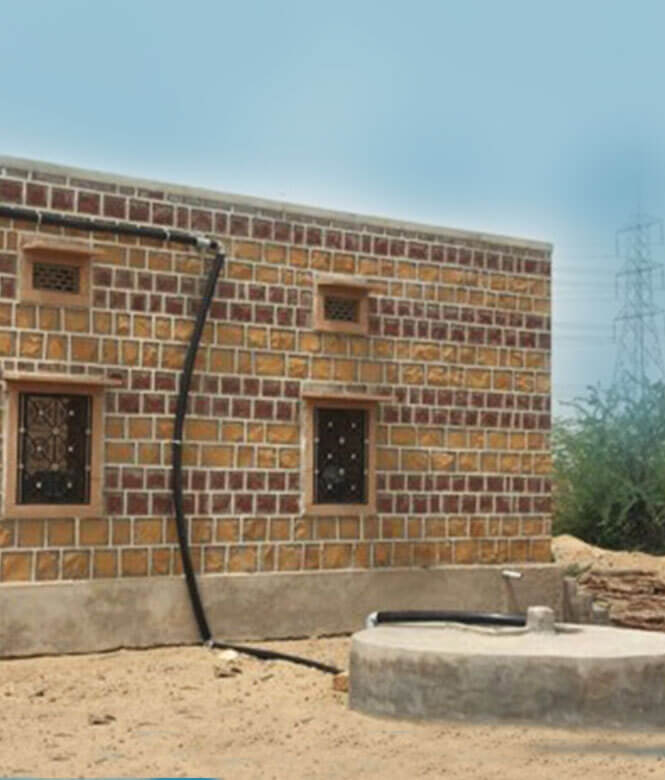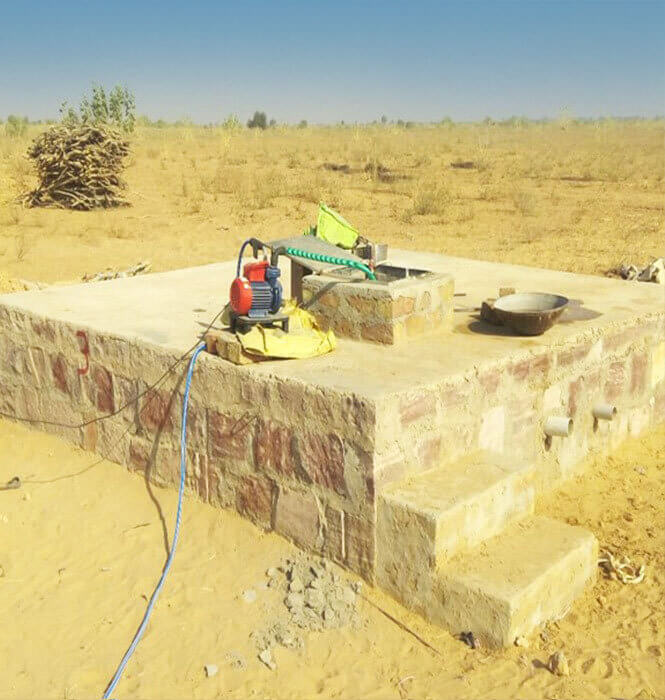The United Nations defines India as a water-stressed region with a per capita availability of water of 1,545 cubic metres. Villages, especially in Rajasthan are known to face acute shortage of water for households and agriculture activities, with farmers bearing the brunt during cropping season.
Construction of Water Tanks, Water Harvesting Systems and Pyaus
The efforts by the company have resulted in improved quality and storage facilities of water along with awareness of basic health and sanitation.
Here are some highlights of the work undertaken:
- 35 water tanks have been constructed benefiting more than 250 people in the area
- 46 water harvesting systems have been installed at various Dhanis, making sure rain water is used to its full potential
- 9 water harvesting systems have been installed at local schools, removing all obstacles for children who go to school
- 5 tanks have been repaired at local schools, making proper use of existing resources
- The company has also built and installed a Pyau with RO treatment and a water cooler to provide healthy drinking water to the local residents.
Intervention in development of traditional water bodies and water
Saurya Urja has developed Integrated Water Resource Management (IWRM) Plan for the area with below projects
A) Drinking water for Livestock
It is essential to meet the livestock’s drinking water demands in order to sustain and strengthen the Gram Panchayat’s livestock, since this will result in increased output and higher economic returns to the communities. Saurya Urja is taking the following steps to resolve the livestock water shortage:
- Construction of Kheli / water trough for animals at various spots of animal gathering
- Pipeline connections to ensure the water availability at the water troughs
- Construction of Kheli / water troughs for animals near Canal supplies
In the GP area, there are only a few khelis close to GLRs. Due to inadequate upkeep and inconsistent supplies, these khelis are not performing as they should. To meet the needs of the animals, these structures must be repaired. A few more khelis will also be built to suit the scattered hamlets’ livestock water demands. To address this demand, Saurya Urja is undertaking the development of 20 such water points in the area.

B) Renovation of traditional Water Harvesting Structure “Nadi”
Nadis, a traditional water harvesting structure in Western Rajasthan, are excavated or embanked to collect meagre precipitation in order to alleviate the lack of drinking water during the lean season, i.e. early summer & summer. Depending on the catchment characteristics, the amount of rainfall received, and its intensity, rain water collected in the Nadi from runoff is made available for periods ranging from four months to a year after rain. This is an ancient practice, as the Nadis are the region’s most vital water sources, used for drinking by humans and animals alike. However, over time, these Nadis become silted, reducing their water storage capacity significantly. Five existing water bodies (nadis) in the vicinity will be renovated by the company. By doing this intervention, Saury Urja is planning to impact the lives of more than 50,000 people of the Gram Panchayat.




